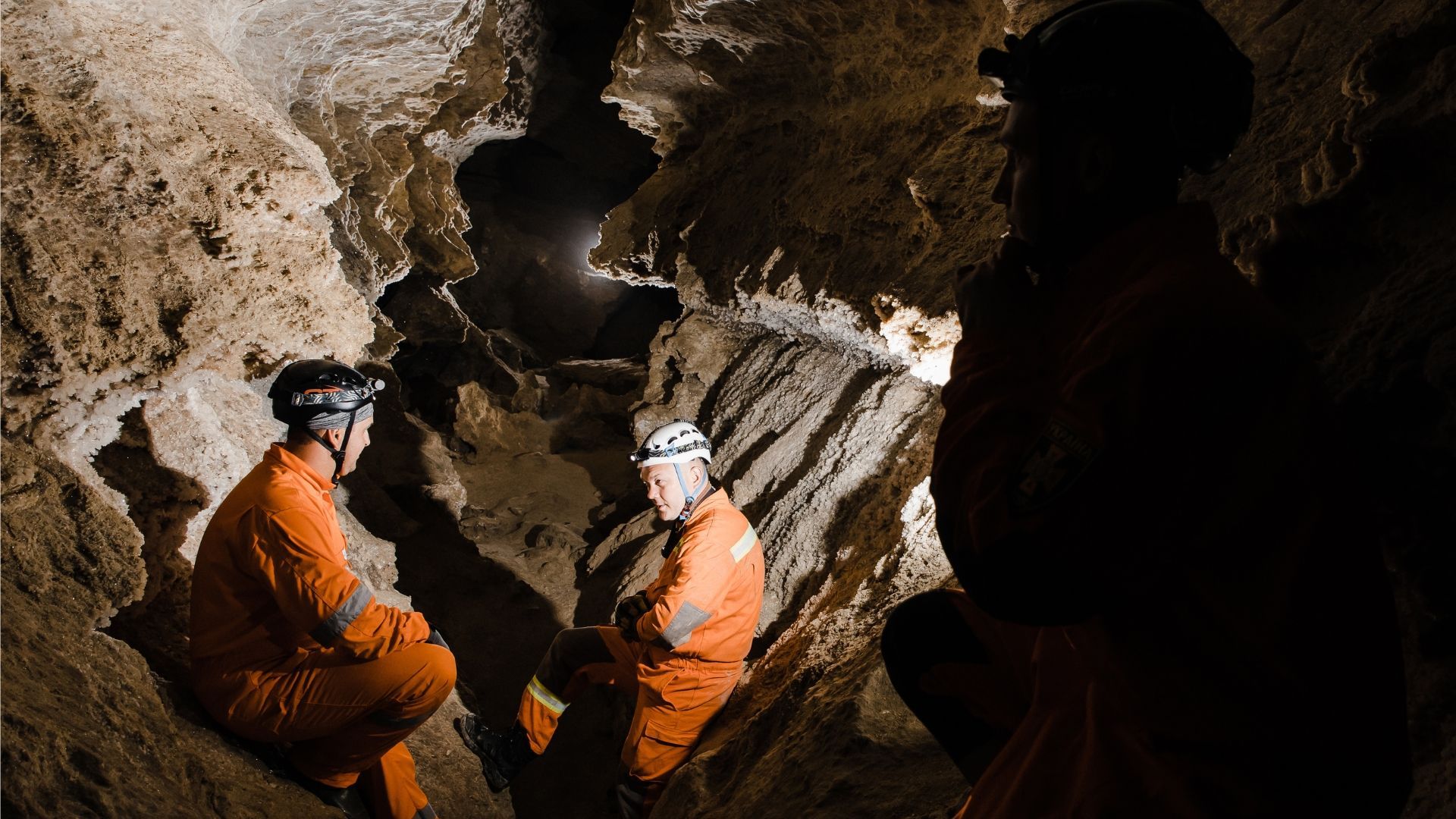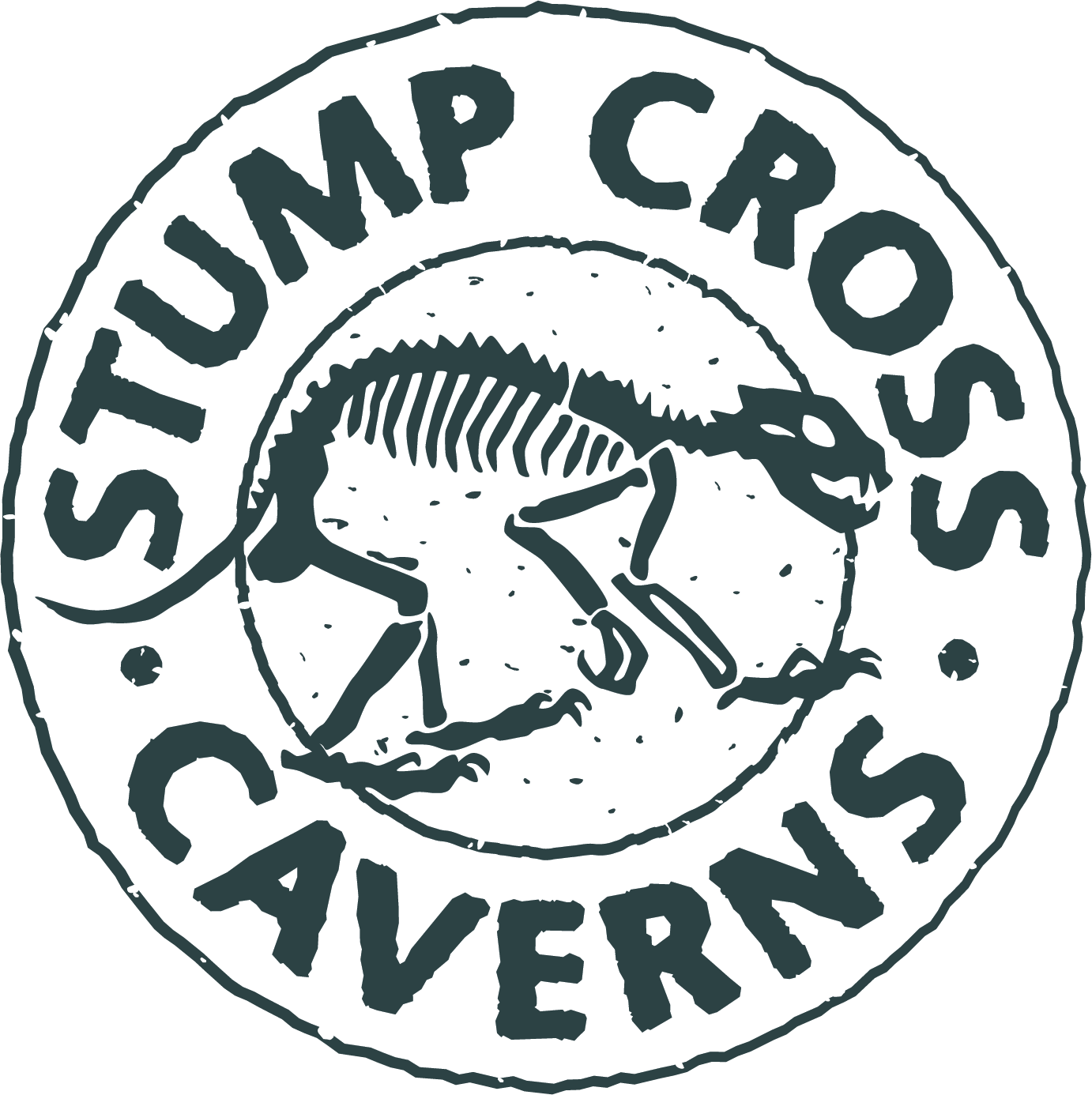NASA has discovered a celestial fossil. Find out what this means – and what it means for science.

Space: the final frontier. It's big. And we mean big. So big, in fact, that thinking about it can make you feel a weird combination of fear, wonder and confusion.
Take this sentence from
The Guardian's
science section: "The European Space Agency's Euclid mission has captured images of 26m galaxies, covering 10bn years of cosmic history."
Now, read it again. The ESA has captured images of 26
million galaxies covering 10
billion years. Oh, and in case that wasn't mind-blowing enough, each galaxy contains, on average, 100 billion stars.
But it's not just space itself that inspires awe and wonder. It's also the expertise and perseverance of the world's space agencies, committed as they are to discovering more and more about the mysteries of the cosmos.
At Stump Cross Caverns, we're lucky enough to be right in the middle of a Dark Skies Reserve. This is a part of the world that has phenomenally dark skies, unspoiled by city lights.
What this means is that the Yorkshire Dales – and Stump Cross Caverns – are fantastic spots for stargazing. It's why we hold stargazing sessions – and why we felt compelled to tell you about celestial fossils.
That's right: celestial fossils. What on Earth – or off Earth – are they?
What are celestial fossils?
Fossils on Earth are the remains of organic life. They teach us about evolution and life on Earth many thousands of years ago.
Celestial fossils aren't quite the same. They're "globular clusters" – tightly packed groups of stars that are essentially frozen in time. Their frozen attitude is a result of their incredible stability and capacity to hold their shape for a long, long time.
Take NGC 1841. This is a globular cluster located in the Large Magellanic Cloud (LMC), a satellite galaxy of the Milky Way. It's about 162,000 light years away from Earth.
A satellite galaxy orbits a larger host galaxy. Just as the Earth goes around the Sun and the Moon goes around the Earth, so the LMC orbits the Milky Way.
The LMC is the biggest and brightest satellite galaxy we can see from Earth. In the southern hemisphere, it appears as a faint cloud in the night sky. But when captured by the Hubble Space Telescope, it's an astonishing star-spangled tapestry.
Don't believe us? Take a look for yourself:
Globular clusters like NGC 1841, however, are more than just a sight for sore eyes. They also provide scientists with essential insights into early galactic formations.
And NGC 1841 is far from the only celestial fossil in town. Take the Tucana Dwarf galaxy.
A new discovery
In September 2024, it was reported that
NASA researchers had spied another cosmic fossil through the Hubble Space Telescope.
The Tucana Dwarf galaxy sits at the far edge of the Local Group of galaxies. This is the constellation of constellations that includes our galaxy, the Milky Way.
Some three million light years from Earth, the Tucana Dwarf galaxy is another cosmic fossil that scientists believe could contain clues about galactic formation in the early universe.
NASA officials said: "Having such pristine properties enables scientists to use the Tuscana Dwarf as a cosmic fossil."
This statement shows how scientists think about these galaxies frozen in time. They're not fossils in the way we understand them. But they offer a glimpse into the early universe, which could reveal more secrets about the cosmos.
What is the Hubble Space Telescope?
Celestial fossils have been photographed by the Hubble Space Telescope. This is a solar-powered telescope
in space rather than on Earth pointing into space.
It's been orbiting 340 miles above Earth since it was launched by the Discovery space shuttle in April 1990.
Circling its patch of space in the colossal galactic plains, the Hubble Space Telescope is infinitesimally small – about the size of a school bus, in fact.
Its secret power, however, is the speed at which it travels. The Hubble Space Telescope could travel from the east coast to the west coast of the USA in just 10 minutes.
Despite its modest size, Hubble is invaluable to our world's scientists. It takes breathtakingly sharp images of planets, stars, galaxies and other space objects. These have included pictures of the birth and death of stars.

These images are precious for two reasons. First, they teach scientists about how the universe works and where celestial bodies have come from. Secondly, they are quite simply beautiful to look at. See for yourself on NASA's Hubblesite gallery.
Could there be fossils on Mars?
For most of us, "life on Mars" occupies the same mental space as flying pigs. The red planet is notoriously dry, cold and inhospitable. Decades of uncrewed missions have turned up no signs of life.
There is, however, ice – and where there's ice, there could be life. In
1996, a team of scientists at NASA's Johnson Space Flight Center claimed to have found microscopic fossils in a Martian meteorite.
The meteorite had fallen from Mars some 16 million years ago when an asteroid or comet smashed into the Red Planet.
Scientists believe the fragment of rock then orbited the Sun until it was sucked into the Earth's atmosphere some 13,000 years ago.
The meteorite landed in Antarctica, where it was discovered by meteorite hunters in 1984 and named "ALH84001".
Today, the scientists' claims have been widely discredited. In the words of the American Museum of Natural History, "While the evidence from ALH84001 remains controversial, it has without question stimulated a major new effort in the search for life, ancient or extant, on Mars."
That said, the hunt for fossils is not high on NASA's agenda. The Perseverance rover, for instance, is there to uncover chemical traces of life rather than fossilised remains. But who knows what the future of Martian exploration will uncover?
At Stump Cross Caverns, you'll find ancient
caves to explore and lots of fun and educational
things to do. Know a little astronaut who's keen to discover the final frontier? Sign them up for our
Cosmic Adventures workshop, where they'll learn about the wonders of the cosmos and get a crash course in constellation spotting. It's stellar!















